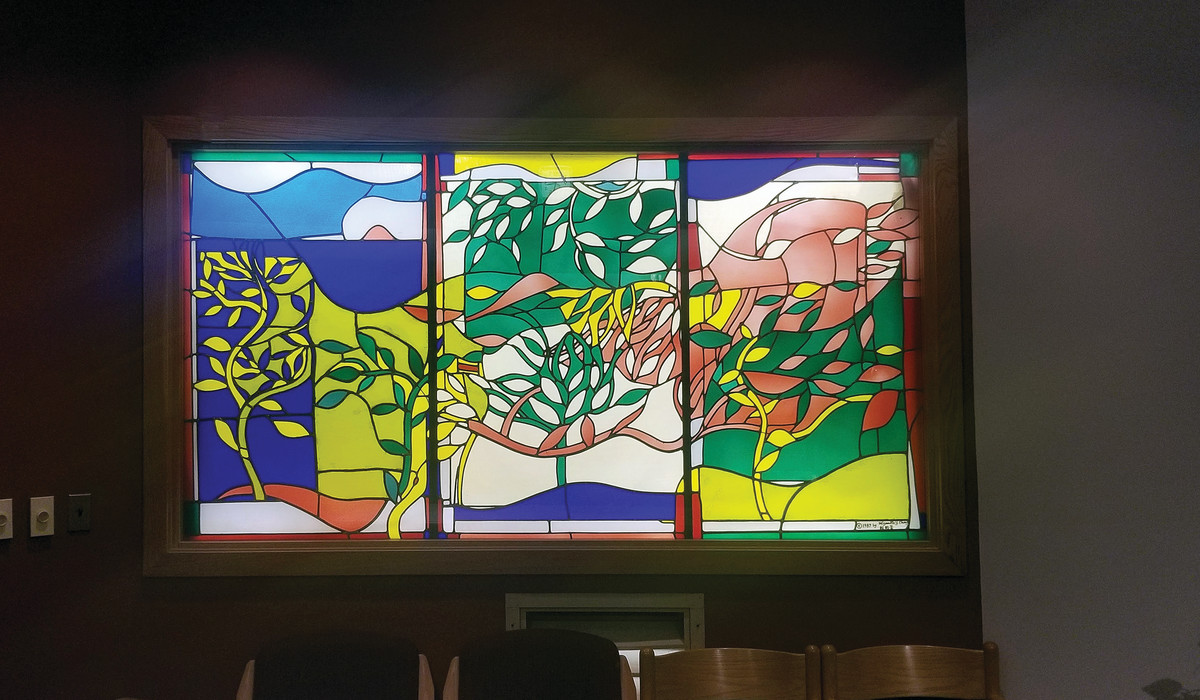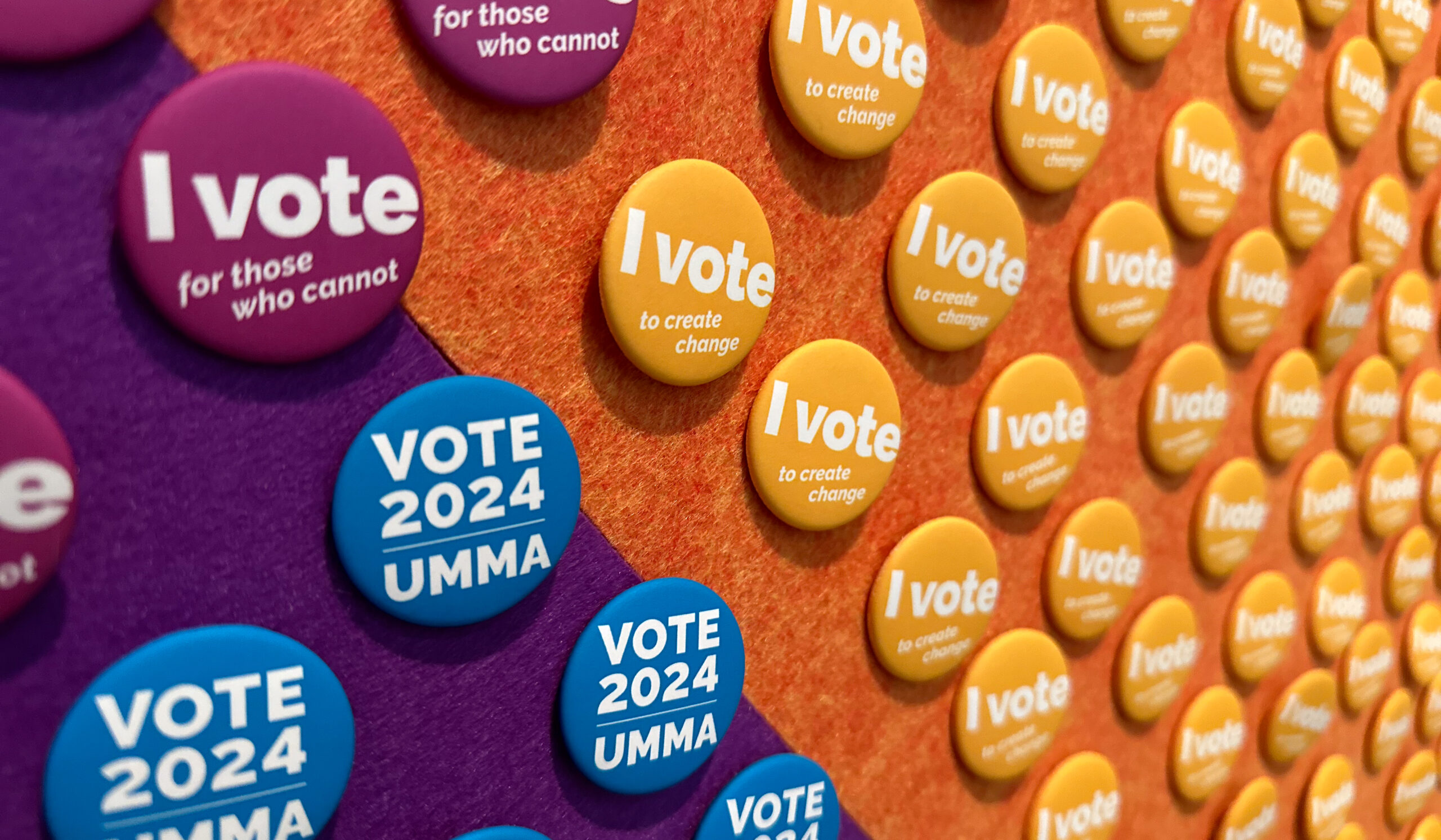Pre-pandemic, the University Hospital Chapel — located on the second floor near the cafeteria and gift shop — was regularly filled with staff, faculty, patients, and their families. With a capacity of 40, the chapel held a daily Catholic Mass and a Friday Jumu’ah Muslim service. It was also the scene of countless weddings, funerals, memorials, and even smudging ceremonies — a Native American end-of-life ritual where sacred plants are used to purify the body.
Since March 2020, however, the chapel has had very little foot traffic, despite remaining open 24/7 for individual worship. Initially, all services were canceled due to COVID-19. Over the summer, in-person services resumed with a maximum of 10 people allowed in the space and an array of new safety measures, including sanitizing all religious objects brought into the chapel.
“Our in-person services are now mostly just attended by faculty, staff, and patients,” said Rev. Christina Wright, the associate director of Spiritual Care at Michigan Medicine, explaining that only visitors of end-of-life patients and the parents of children are allowed inside the hospital during this period of the pandemic. To accommodate the wider community, they are now also offering a weekly Christian service online and a meditation/reflection class via Zoom.
The chapel, constructed in the University Hospital that opened in 1986 (the original hospital opened in 1869), was designed to be a sacred, yet interfaith, space. Decorated with colorful stained-glass windows free of all religious icons, it also houses a built-in altar, which remains bare unless a service is taking place. Soft lighting reveals works from the Gifts of Art program, one of the first and most comprehensive health care arts programs nationwide. Hanging over the piano is a series of photographic water images titled “A Tear Contains an Ocean.”
According to Wright, it is not unusual to find people using the chapel in different ways. “One person might be reading a Bible, another meditating, and someone else praying.” Literature from various religious traditions is also available to visitors. A prayer rug remains in one corner of the chapel with a symbol on the wall indicating the direction of Mecca for the Muslim community.
One regular chapel visitor is Anna, a golden retriever who is one of Michigan Medicine’s four full-time facility service dogs in the Paws4Patients program. “Anna is trained to help people. If she sees someone in distress in the chapel, she wants to go in,” explained Wright, adding that permission must first be granted by the individual, which often happens. “Anna is the most popular chaplain among us.”
Wright should know. She oversees sixteen chaplains, which includes a rabbi, imam, and two priests as well as a group of clinical pastoral education residents and interns training to become chaplains and religious leaders. Together, they serve the more than 1,000 inpatient beds on U-M’s medical campus. “One of a chaplain’s primary tools is their presence,” said Wright. “We are trained to assess for spiritual distress and provide interventions based on the individual’s particular belief system and needs. We do that, in part, with our embodied presence: watching body language, conveying compassion, and providing connection.”
Initially, the pandemic took that tool from her staff. Now, with most of the chaplains back on-site, she worries about their physical, emotional, and spiritual state. “It was clear early on that this was a marathon, not a sprint,” she said. “There was never an end. We could never meet the need.” Anna, however, brings Wright much-needed comfort. As one of Anna’s handlers, she takes her furry staff member home most nights.
Jennifer Conlin, ’83, is the deputy editor of Michigan Alumnus.





